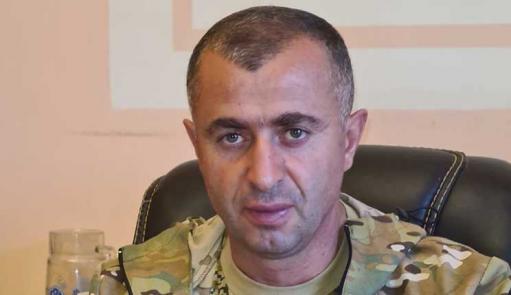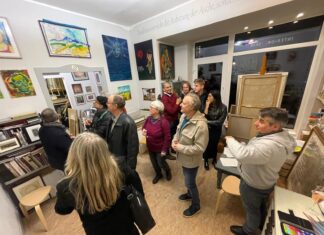SOTK, Armenia — The village of Sotk was bombarded from September 13 to 15 as part of a broader Azerbaijani attack on Armenian borders at the cities of Vardenis, Goris, Sotk and Jermuk. Six civilians and an unknown number of Armenian soldiers were wounded at Sotk, while many buildings were damaged or destroyed.

Historical Background
Sotk is located in the Vardenis region of the Gegharkunik Province of the Republic of Armenia, on the road leading to the ancient Armenian town of Karvachar. Located at an altitude of over 2,000 meters above sea level, this village had 1,118 registered residents in the 2001 census, and 824 registered residents in 2011, which is still quite a large number for the region. Most of the Armenians who live in the village were forcibly displaced from Soviet Azerbaijan in 1988 and lost all their possessions. A small number moved to Sotk from the neighboring city of Vardenis.
Despite the relatively recent settlement of Armenians in Sotk, historically it has been identified over several millennia with Armenian populations. Items from the Bronze Age have been found there. Historians identify the ancient city of Suta or Shuta mentioned in Hittite sources with Sotk. Լater, Sotk formed part of the Sotk district on the northwestern side of the Syunik region of Greater Hayk and was the seat of a ruler or prince.
The Holy Bethlehelm Monastery in Sotk, was rebuilt in 1276 funded by one Baron Arakel and included the Holy Mother of God Church (Sourp Astvatsatsin). There are beautiful khachkars from the 13th century and later times found around the church. In the area of the village there are ruins of old settlements and buildings. Furthermore, to the east of the village is the Sotk gold mine, which was developed as early as the 2nd millennium BC.
Located near a gold mine, with fertile land, extensive pastures and a significant water supply, the village has developed rapidly over the past three decades and even managed to become an important center of tourism. People in the village were mainly engaged in cattle breeding and potato and grain cultivation, while some of them worked in the gold mine.














